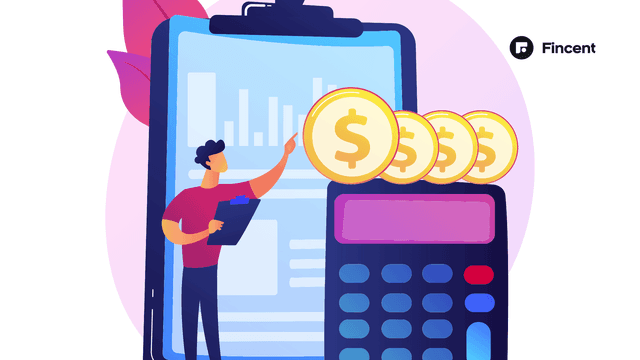- Glossary
- Trade Creditors
Trade Creditors
What is a Trade Creditor? A provider who offers goods and services to customers on credit is known as a trade creditor. On the balance sheet of a customer, the debt is shown as a current liability, and on the balance sheet of the trade creditor, it is shown as a current asset. A trade creditor often evaluates the (link: https://fincent.com/glossary/financial-statements text: financial statements), credit reports, and payment history of its customers when choosing how much credit to lend to them. It ceases to be a trade creditor in relation to a particular customer if it no longer decides to grant that customer credit.
Trade Payables / Trade Creditors Examples
Assume that the fiscal year of your business ends on December 31, 2021. Let's imagine on December 28th, one of your suppliers sends you an invoice. There is a 30-day credit and the total is $500 (including GST). The $500 owing to the supplier will be included in the list of trade creditors on your balance sheet by the time December 31st comes around.
Aged Creditor Reports
Aged creditor reports are records that list specific supply firms in the field of accounting. Another company owes money to these organizations. These reports also list outstanding debt for each supplier by name.
These reports are run using different accounting applications. When you buy invoices when doing manual accounting, you must first update the purchase day book. Then, you would update each purchase ledger independently.
This is a log of raised invoices and payments that you retain for each supplier. This is a simple technique to identify the vendors to whom you owe money.
Accruals Vs Trade Creditors
Provisions for costs that have already been incurred but not yet been billed are known as (link: https://fincent.com/glossary/accrual-accounting text: accruals). An illustration would be if your fiscal year ends on December 31, 2021. On that day, a supplier sends you a $500 invoice. Also, you had a consultant working for you. Nevertheless, despite billing you $1,000 for their work, they failed to provide you an (link: https://fincent.com/glossary/invoice text: invoice).
Your trade payables for the invoice you received will therefore total $500. You still owe the consultant money; they just haven't sent out an invoice yet, so the accrued charge still stands at $1,000.
The Importance Of Trade Payables
Monitoring the amount owing to suppliers that have not yet been paid is crucial for businesses. By completing this, you'll be able to:
- Avoid exceeding trade credit limits because doing so could result in legal action.
- Able to maximize (link: https://fincent.com/glossary/working-capital text: working capital) with all available payment arrangements.
- Make sure suppliers are paid on time to prevent disruptions.
- Don't forget to pay your suppliers on time.
- Control your (link: https://fincent.com/blog/business-cash-flow-overview-examples-and-types-of-cash-flows text: business's cash flow).
It can be advantageous for other suppliers who may be monitoring creditor days if you make prompt payments to your providers. As a result, your chances of obtaining favorable payment conditions in the future are increased.


